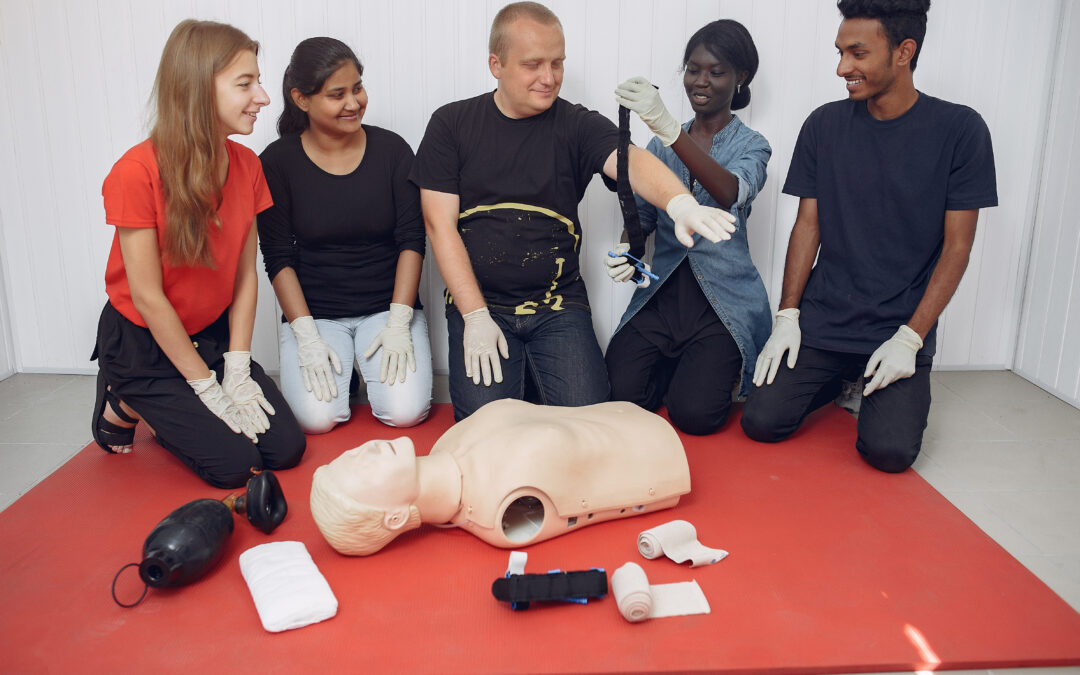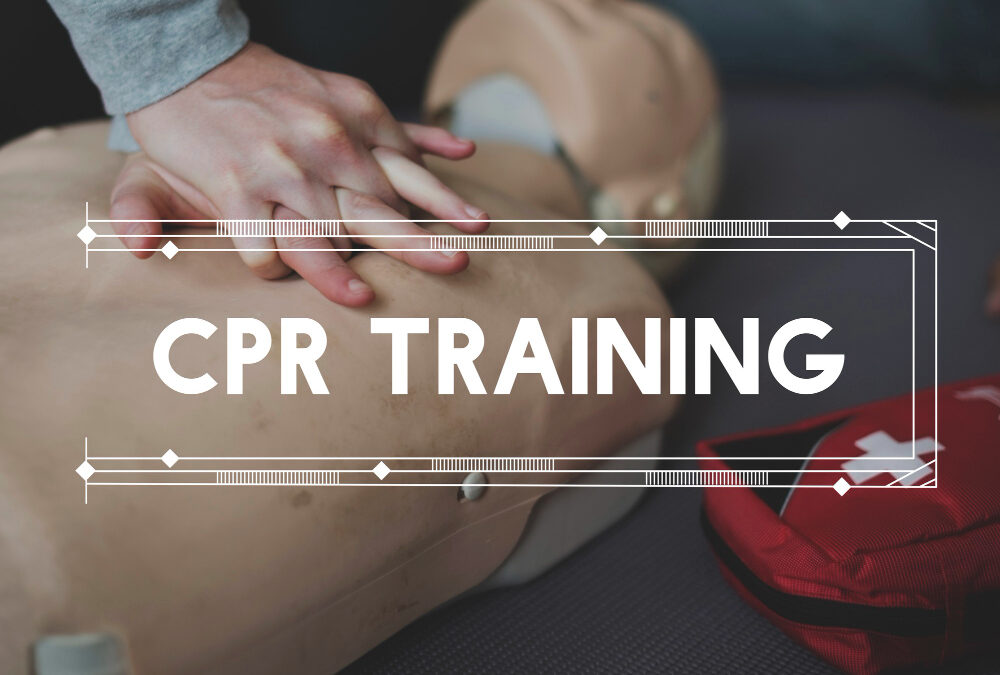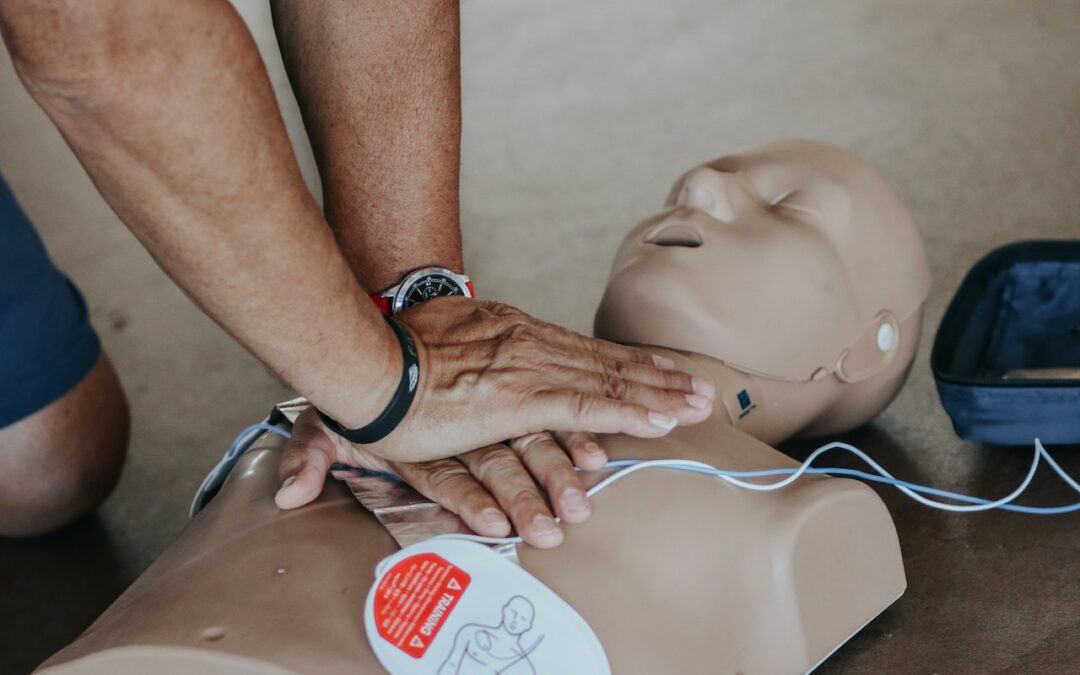What You Need to Know About the Challenges of Performing CPR
Imagine this scenario: You’re at a crowded restaurant with your friends when suddenly, someone collapses on the floor, clutching their chest. Everyone looks around, unsure of what to do. But you’re different. You’re CPR certified and know exactly what to do. You step forward, ready to start chest compressions, but then you hesitate. Why? The answer lies in the many challenges of CPR.
But first, let’s break the ice with a joke.
Quote block: What did the CPR instructor say to the class? “Don’t worry, if you mess up, it’s not like your patient can complain!”
Barriers to Starting CPR: Overcoming Fear and Doubt
All jokes aside, the reality is that CPR can be incredibly challenging, and there are many barriers that prevent people from performing it. One of the biggest barriers is fear. Fear of making a mistake, fear of causing harm, and fear of legal repercussions. However, research has shown that the likelihood of causing harm during CPR is low, and Good Samaritan laws protect those who act in good faith.
Another barrier is lack of knowledge or training. Many people simply don’t know how to perform CPR, or they haven’t been trained in a long time, causing them to forget the steps. This lack of confidence can be a huge obstacle when it comes to initiating CPR.
The Most Common Complication of CPR: Understanding Its Causes and Effects
Even if someone overcomes their fear and lack of knowledge and starts CPR, there are still many challenges that can arise. One of the most common complications of CPR is rib fractures. Chest compressions can be forceful, especially if the person performing them is inexperienced or doesn’t have the proper technique. Rib fractures can cause pain and discomfort, and in severe cases, can even puncture a lung or cause other internal injuries.
Hesitant to Perform CPR? Here’s What You Need to Consider
But why are people hesitant to perform CPR in the first place? One reason is the fear of disease transmission. People may worry about catching a contagious illness from the person they’re performing CPR on. However, the risk of disease transmission is actually very low, and wearing personal protective equipment (PPE) can help reduce the risk even further.
Another reason people may be hesitant to perform CPR is the fear of causing harm. They may worry about breaking ribs, causing internal injuries, or making the person’s condition worse. However, as mentioned earlier, the likelihood of causing harm during CPR is low, and the benefits of performing CPR far outweigh the risks.
Tackling the Trickiest Part of CPR: Tips from the Pros
So, what part of CPR is the most difficult to perform? For many people, it’s the rescue breaths. While chest compressions are relatively easy to learn and perform, rescue breaths can be more challenging. They require proper positioning of the head and airway, as well as a steady and consistent flow of air into the person’s lungs. In addition, some people may feel uncomfortable with the idea of breathing into someone else’s mouth, even if a barrier device is used.
Navigating the Overall Challenges of CPR: Best Practices and Resources
Overall, CPR presents many challenges, from fear and lack of knowledge to complications and hesitations. But despite these challenges, it’s important to remember the potential impact that performing CPR can have. It can mean the difference between life and death for the person in need, and it can also inspire others to learn CPR and save lives themselves.
In conclusion, while CPR can be challenging, it’s important to overcome the barriers and hesitations that may prevent us from performing it. By educating ourselves on proper technique and the low risks involved, we can increase our confidence and be ready to act in an emergency. And chances are that, one day, you will find yourself at a crowded place, confidently performing CPR on someone in need, and saving a life in the process.



